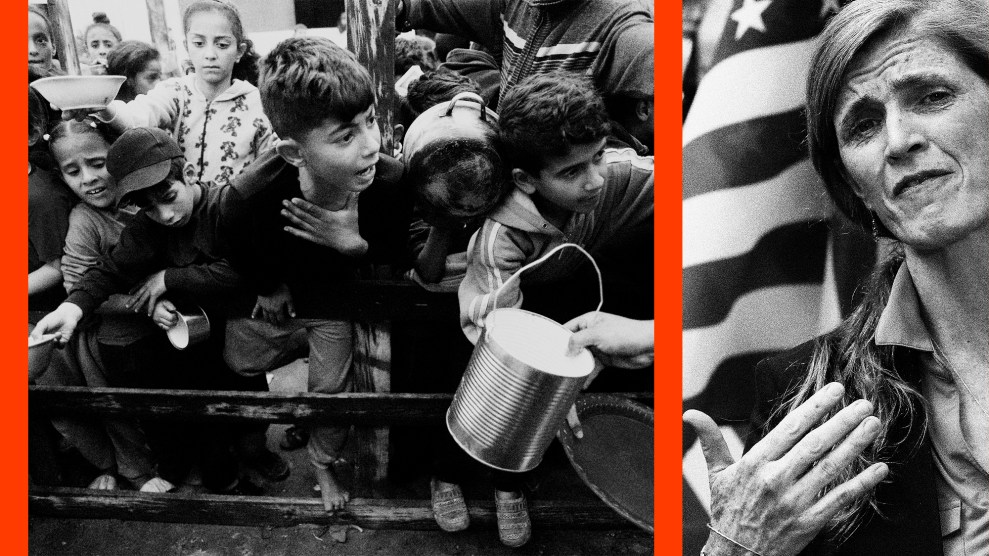
Getty
Today, the Centers for Disease Control and Prevention published updated numbers on suicide rates by occupation, officially rescinding the widely cited statistics from 2012 that had supposedly shown farming, fishing, and forestry workers as having the highest suicide rates.
The new report in the Morbidity and Mortality Weekly Report found that among men, the occupational group with the highest suicide rate was construction and extraction (53.2 deaths per 100,000 workers in 2015, more than twice the rate for all men). For women, the highest suicide rate was among those working in arts, design, entertainment, media, and sports (15.6 deaths per 100,000 workers in 2015, more than double the rate for all women).
The previous, widely cited version of this report, showed that farming, fishing, and forestry workers collectively had the highest suicide rate of any occupational group. That study has now officially been retracted. According to the new report, manually inputted data had incorrectly classified farmers in the “Triple-F” category—which includes farmworkers, but not farmers, who are classified in the management category.
As I’ve previously reported, this does not necessarily mean that an apparent trend of suicide among American farmers and farmworkers does not exist. Farmworker advocacy groups like the National Farmers Union and Farm Women United have expressed concerns about declining mental health among those in agricultural professions. The new report puts the Triple-F category as having the ninth-highest suicide rate among men. (The rate among women in Triple-F was not reported because of the small number of documented suicides.)
The report, which is based on data from 17 states in 2012 and 2015, also looks at increases in suicide rates among occupational groups between those years. Suicide rates for men working in arts, design, entertainment, media, and sports increased by 47 percent, to 39.7 per 100,000, while suicide rates for women working food preparation and serving increased by 54 percent, to 9.4 per 100,000.
However, the largest percentage of suicides among women in both years examined was women with “unpaid occupations”—those who were homemakers or students, or who did not work.
The CDC authors note that because the data is limited to states that participated in the CDC’s National Violent Death Reporting System, it is not nationally representative. However, they hope their study might provide information that can be used to support workers who may be at risk of suicide. “Workplace suicide prevention efforts to date have focused primarily on early detection and tertiary intervention through the training of persons (i.e. gatekeepers) to identify those at risk for suicide and refer them to supporting services,” they write. “However, more research on the role of the workplace in primary suicide prevention is needed, including improving working conditions and reducing stress.”












